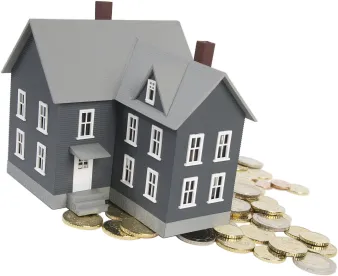According to a recent study by the National Association of Home Builders (NAHB) released on August 1, 2014, each $1,000 increase in the price of a newly constructed median priced home results in approximately 206,269 prospective buyers being priced out of the market.
The study relied on NAHB’s Priced Out model to evaluate the effects of pending new regulations on housing affordability in local markets. One of the often overlooked impacts of government-imposed building regulations is the effect such regulations have on housing affordability. NAHB research shows that on average, regulations imposed by governments at all levels account for 25 percent of the final price of a new single family home built for sale. Every time a governmental body issues a new construction regulation that raises construction costs, such higher costs invariably translate into higher home prices, and higher prices in turn disqualify more households from being able to afford new homes.

“This study highlights the real effects that building regulations have on housing affordability,” said NAHB Chairman Kevin Kelly, a home builder and developer from Wilmington, DE. “Local, state and federal government officials need to know that higher regulatory costs have real consequences for working American families. Oftentimes, these government regulations end up pushing the price of housing beyond the means of many teachers, police officers, firefighters and other middle class workers.”
Although the Priced-Out model does not estimate the effects of regulation on the number of new home sales or housing starts, it does highlight often overlooked effects of regulation on affordability of new homes. The new 2014 estimates show that in relatively affordable metro areas, hundreds and sometimes thousands of households can be priced out of the new home markets as a result of prices rising by $1,000.
The number of households affected varies across states and metro areas and largely depends on their population, income distribution and new home prices. Among the states, Texas registers the highest priced-out effects, where more than 18,000 households can be pushed out of the market for a median-priced new home if the price increases by $1,000. California, which is more populous but has less affordable new homes, registers the second highest priced out effects – 14,423 households. Measured by local metro areas, the number of households who would be priced out of the market based on a $1,000 increase in housing prices range from a low of 19 in Napa, California to a high of 5,742 in the Northern New Jersey-Long Island, New York area.





 />i
/>i

